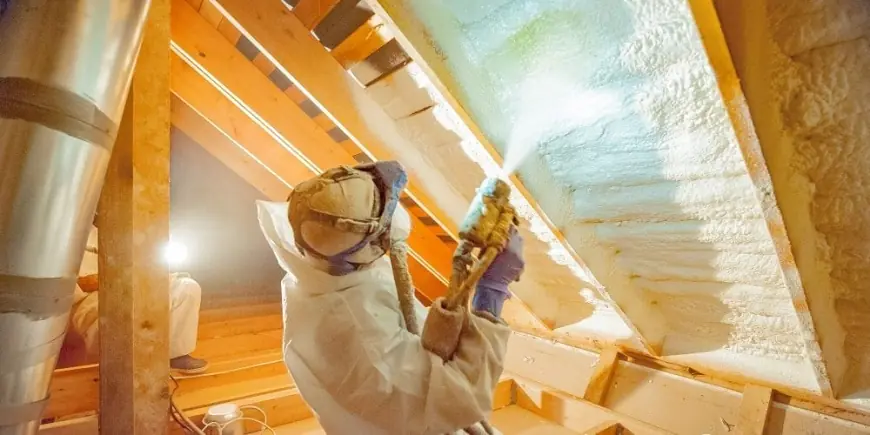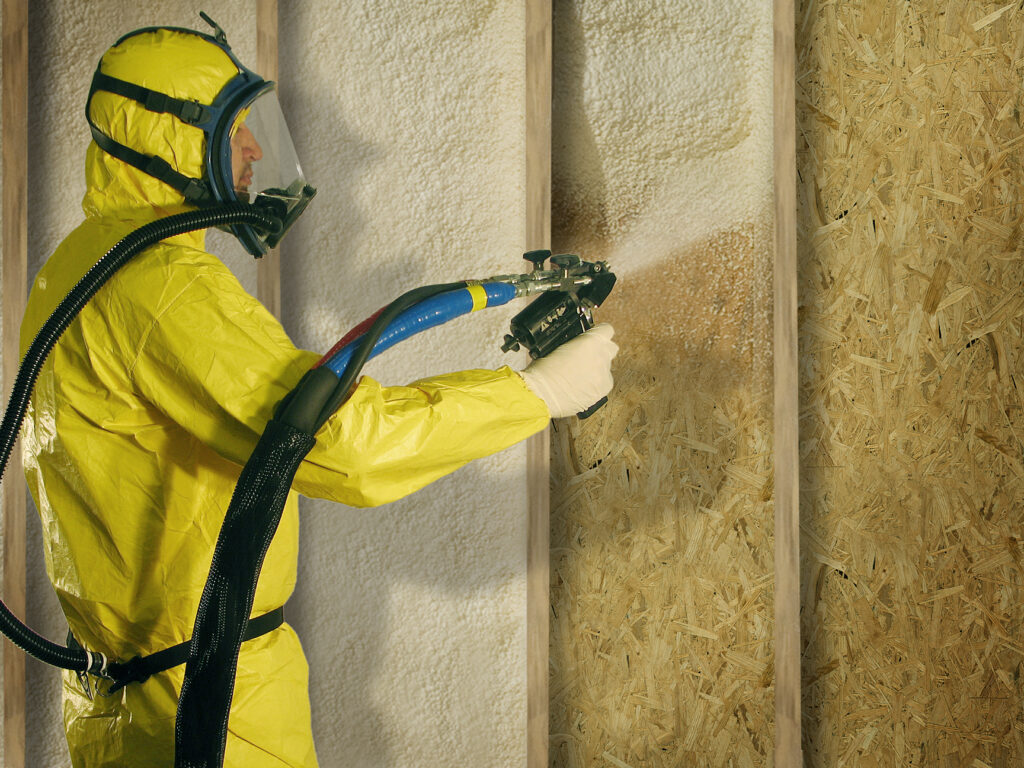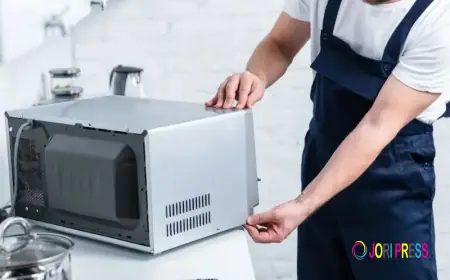How Commercial Insulation Improves Energy Performance in Buildings

Running a commercial building without proper insulation is like trying to keep a cup of coffee hot in a paper bag. You pour in money for heating or cooling, and it just leaks out. The result? Rooms that never quite feel right, energy bills that spike higher every season, and frustrated tenants or employees wondering why the place is either too hot or too cold.
The solution is insulation, but not the dusty attic type people usually imagine. Commercial spray foam services directly impacts energy performance, shaping how a building breathes, holds heat, and resists external temperature swings. Let’s break down how it works, why it matters, and what it means for anyone managing office buildings, warehouses, or retail spaces.
Why Insulation Directly Impacts Building Energy Performance
Insulation works by resisting heat flow. In commercial buildings, this means it helps maintain steady indoor temperatures regardless of outside conditions. Without it, heating and cooling systems work harder, wasting energy and driving up costs.
Heat Transfer in Commercial Buildings
Heat escapes through walls, roofs, and floors via conduction and convection. Insulation slows this process by creating a barrier that reduces energy transfer. In climates with extreme temperature differences, insulation prevents the building from acting like a sieve.
Linking Insulation with HVAC Systems
Heating and cooling systems depend on insulation to be effective. A poorly insulated building forces HVAC units to run longer, leading to higher energy use and frequent maintenance issues. Insulation keeps conditioned air in place, reducing load on mechanical systems.
Fun Fact: Studies show that reducing HVAC strain with insulation can extend equipment life by several years—lowering both energy and replacement costs.
Types of Commercial Insulation and Their Applications
Commercial spaces vary in structure, so insulation methods adapt to specific building designs.
Spray Foam Insulation
Spray foam creates an air-tight seal, filling cracks and irregular surfaces. It is popular in warehouses, offices, and large retail units where air leakage is a major issue.
Rigid Foam Boards
These are commonly used in walls, roofs, and below concrete slabs. Their high thermal resistance makes them ideal for large floor areas and building envelopes.
Mineral Wool
Used in walls and ceilings, mineral wool offers excellent fire resistance and sound absorption, which is critical in office buildings and multi-tenant facilities.
Reflective Foil Insulation
This is often used in roofs to reflect radiant heat, reducing cooling demands in hot climates.
Comparing Insulation Materials for Commercial Use
Fun Fact: Mineral wool is made from volcanic rock spun into fibers, making it both fireproof and surprisingly sustainable.
Benefits Beyond Lower Energy Bills
The real value of commercial insulation extends well past reducing utility costs.
Stable Indoor Temperatures
Insulation reduces hot and cold spots across large buildings. This consistency improves comfort for tenants, staff, and customers.
Improved Building Performance Ratings
Many countries tie building energy ratings to insulation levels. A higher rating boosts market value and appeals to eco-conscious tenants.
Noise Control
Mineral wool and spray foam both dampen sound transmission, which is particularly useful in office buildings and mixed-use facilities.
Reduced Environmental Impact
By minimizing wasted energy, commercial insulation directly cuts greenhouse gas emissions tied to building operations.
Common Question: Is Insulation Worth It for Older Commercial Buildings?
Yes, and even more so than for newer ones. Older buildings often lack effective insulation altogether, leading to significant energy loss. Retrofitting with spray foam or rigid foam boards can drastically improve performance without requiring a full structural overhaul. Property owners often notice immediate changes in utility bills and overall comfort.
How Insulation Supports Regulatory Compliance
Energy efficiency standards are tightening worldwide. Commercial properties often need to meet local or national building codes for insulation to stay compliant. Upgrading insulation not only helps pass inspections but also prepares buildings for stricter future requirements.
Green Certifications and Market Advantage
Insulation improvements contribute to certifications like LEED or BREEAM, which can attract tenants willing to pay more for sustainable office or retail space.
Long-Term Operational Planning
Efficient insulation reduces unpredictability in energy use, allowing facility managers to plan budgets more accurately.
Addressing Misconceptions About Commercial Insulation
A few myths tend to cloud judgment when it comes to insulation in commercial spaces.
Insulation Is Only for Cold Climates
In reality, insulation regulates both heating and cooling. It keeps warm air in during winter and keeps hot air out during summer.
Once Installed, It Never Needs Attention
While insulation is long-lasting, damage from leaks, pests, or moisture can reduce effectiveness. Periodic inspections are necessary to maintain performance.
Energy Savings Are Too Small to Notice
For large buildings, even small efficiency gains add up to thousands in yearly savings. Over time, insulation pays back its cost many times over.
Conclusion
Commercial insulation is more than a background feature of buildings—it is the backbone of energy performance. By reducing heat loss, supporting HVAC efficiency, and stabilizing indoor comfort, insulation directly improves operational savings and property value.
Whether you’re managing a warehouse, an office tower, or a retail center, insulation upgrades offer both immediate and long-term benefits. Skipping insulation leads to higher energy bills, reduced comfort, and falling behind modern energy standards. Investing in insulation today ensures efficiency, compliance, and sustainability for years to come. Expert Spray foam insulation contractor provide one of the most effective solutions to achieve these results.
FAQs
How much energy can insulation save in a commercial building? Depending on building type, insulation can reduce heating and cooling demand by 15–25%. The larger the building, the bigger the savings impact.
Which insulation type is best for warehouses?
Spray foam is often the most effective for warehouses since it seals large gaps and reduces air leakage in expansive spaces.
Does insulation improve air quality indoors?
Yes. By reducing drafts and preventing outdoor pollutants from seeping in, insulation helps maintain cleaner indoor air.
How does insulation affect HVAC maintenance?
Insulation reduces strain on HVAC systems, lowering wear and tear. This extends system lifespan and reduces repair frequency.
Is commercial insulation a one-time upgrade?
Usually yes. Quality materials like spray foam and rigid foam can last decades, though periodic inspections ensure performance remains strong.
Reviewer: With nearly a decade in the spray foam insulation field, William Harris reviewed this post and provided guidance that reflects both technical understanding and real-world marketing experience.
What's Your Reaction?
 Like
0
Like
0
 Dislike
0
Dislike
0
 Love
0
Love
0
 Funny
0
Funny
0
 Angry
0
Angry
0
 Sad
0
Sad
0
 Wow
0
Wow
0





















































